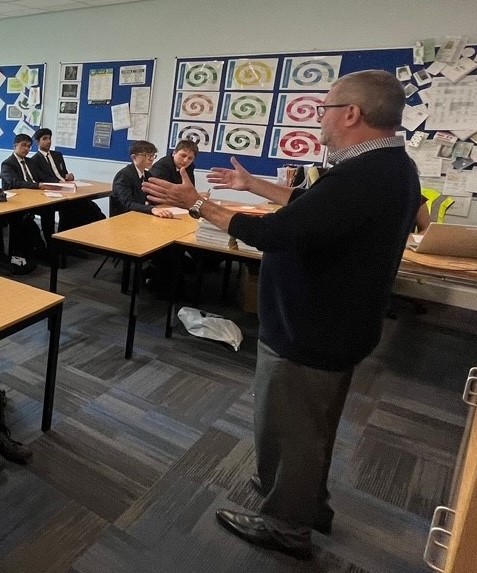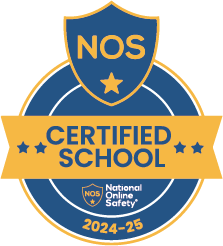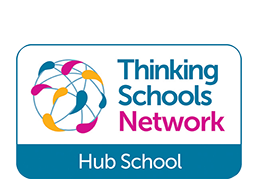Why Thinking Schools?
Barton Court has chosen the Thinking School Approach because it is “transformational”.
Why?
- “It is hard to achieve and therefore worth doing”
- It has, at its heart, a complete focus on transforming learning rather than just teaching
- It has sustainability
- If successful it creates a common language of learning
- Students use thinking tools independently
- It has helped create an environment of “continuous improvement” and striving for the next challenge
- “It breaks down geographical, political, cultural and financial disparities and barriers” (RGS)
In order to try to explain our decision to become a Thinking School, the information below has been organised using the De Bono’s 6 Hat Thinking Strategies. This Thinking Tool allows us to analyse and evaluate information from a variety of perspectives. The green and red hat thinking poses questions for you to consider.
 The White Hat (Facts and Statistics)
The White Hat (Facts and Statistics)
We are committed to the development of cognitive education and we invest, time, energy and money into research, development and evaluation of a broad range of thinking tools and activities. We have a team of teachers who are committed to develop the Thinking School approach. We have a Thinking Map accredited trainer who has trained all staff on the use of the 8 Thinking Maps and we have Lead Practitioners working on the development of Thinking Hats, Habits of Mind and Thinkers Keys. Whole staff have been trained in the use of the 6 Hats. We are proud to say that we have embedded the 8 maps in our curriculum, pastoral and leadership programmes and are starting to do the same with the Hats. We have been attending the International Thinking School Conference for the last two years where we have been given the chance to work with TSI (Thinking Schools International) and Kestrel Education. This allows us to make connections with other schools and to work with external consultants providing excellent CPD.
 The Blue Hat (Organisational Aspects)
The Blue Hat (Organisational Aspects)
The idea of a Thinking School must transcend the entire organisation from the Head teacher and Governors, Senior/Middle Leaders, teachers, support staff and students. The Thinking agenda is largely driven by the Assistant Head teacher (Mrs Benard-Grosso) together with the Senior Lead Practitioner (Nick Harvey) and the Lead Practitioner team and Staff Drive Team driven by the Head teacher. We also have a team of motivated and committed Thinking School Representatives who are part of our Student Drive Team. All these individuals have a real passion for developing cognitive education within the School.
All members of staff are expected to help with the implementation, development and assessment of thinking strategies. This applies to Form Tutors, Curriculum Leaders, the Senior Leadership Team, teaching staff and administrative staff. The commitment to cognitive education and ways of thinking are part of performance management for ALL staff.
 The Yellow Hat (All the great things!)
The Yellow Hat (All the great things!)
So what has happened as a result of introducing these strategies and ideas?
- Work has become more visual, structured, concise and more personalised
- There are more transferrable skills between curriculum areas
- There is a clear school vision
- Increased dialogue between curriculum areas and teaching staff
- Clarity of CPD and performance management
- Student understanding of different thought processes
- Lessons are more varied and more interactive
- Students and staff are becoming even more reflective
- Higher level questioning has become natural
- Students are beginning to take more ownership and responsibility for their work
- Our message is spreading to other secondary schools, partnership schools and feeder schools
- Students are moving from what they know to how they know
- Students are becoming more fluent in how to explain their own thinking
- A pastoral programme that is meaningful and reflective
 The Black Hat ( The Challenges and Barriers/ Problems)
The Black Hat ( The Challenges and Barriers/ Problems)
- Implementing new ideas to begin with seems forced, disingenuous and ironically leads to a lack of originality in lessons
- How to train whole staff and students? Through enrichment day?
- Maps can be used as a graphic support and not as a thinking process.
- Once a new strategy is embedded along comes another! When do we stop and how do we sustain what we have?
- Training new staff ( incl. NQTs, PGCEs)
- New students - how do we induct them without increasing work for ourselves?
- How to ensure consistency?
- How to engage everyone without creating confusion/ irritation and lack of independence
- Performance management – encourage teachers even if they do not agree with the principle of cognitive education. The issue of the tick box approach?
- Sustainability – staff turnover?
 The Red Hat (Emotional Response)
The Red Hat (Emotional Response)
- As a potential teacher/ leader, how do you feel about our thinking skills approach?
- Ask yourself how well you would fit in. Does the thought of this inspire you or the opposite?
- How do you feel about delivering this in the classroom/ curriculum/ pastoral?
- What is your immediate reaction? Your “gut feeling”?
 The Green Hat (Creativity/Solutions)
The Green Hat (Creativity/Solutions)
- Take a look at the Black Hat again. What ideas could you bring to knock down some of these brick walls?
- What experience have you had with similar problems? How did you solve or approach these?
- Have you used any thinking strategies in your previous jobs? Were they successful? What can we learn from your experience
- What can you offer to BCGS as a thinking school?





























